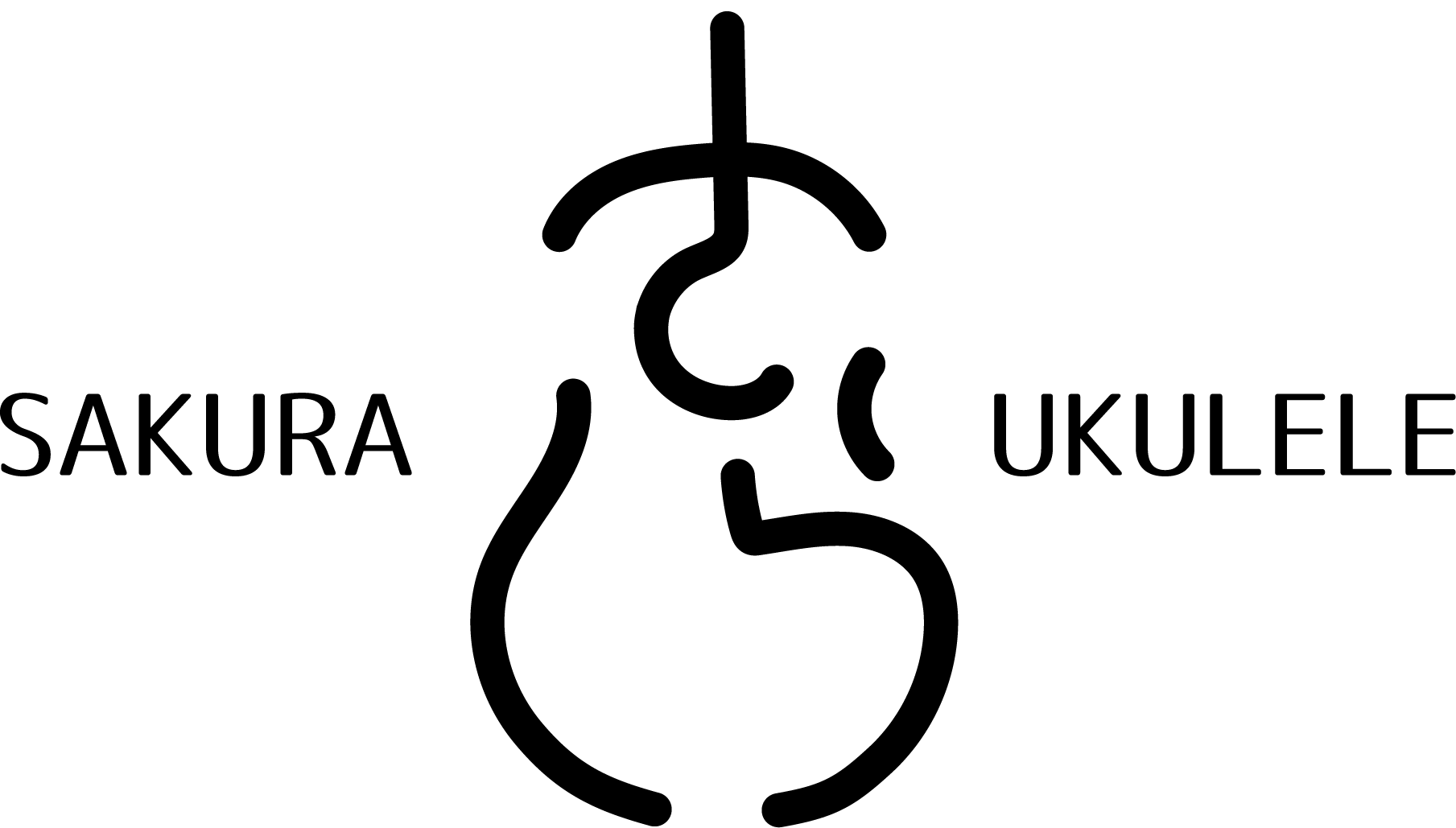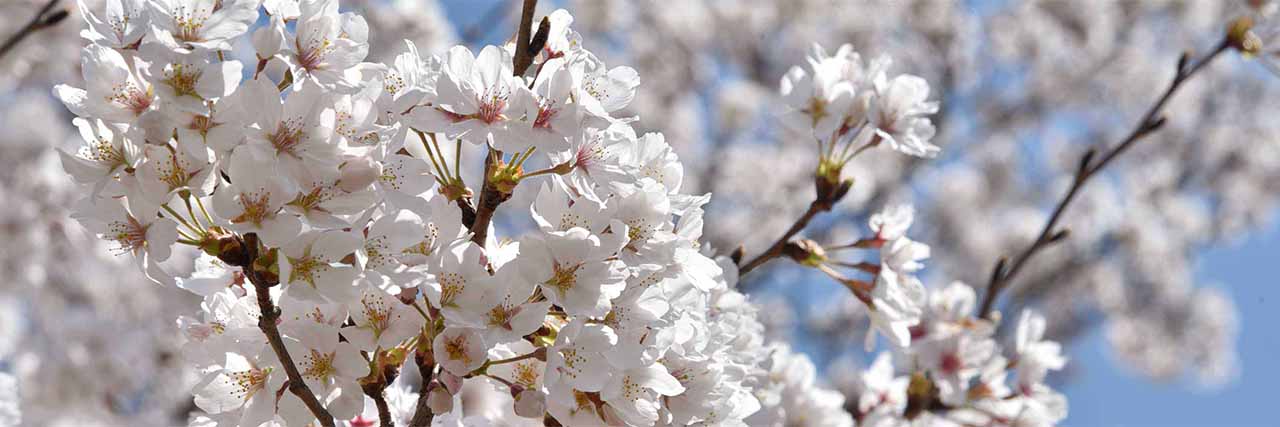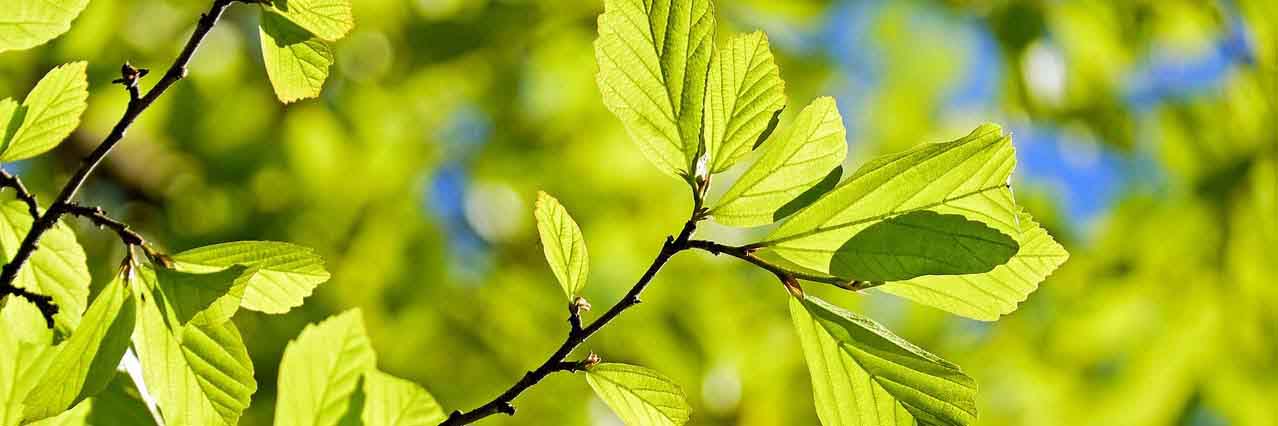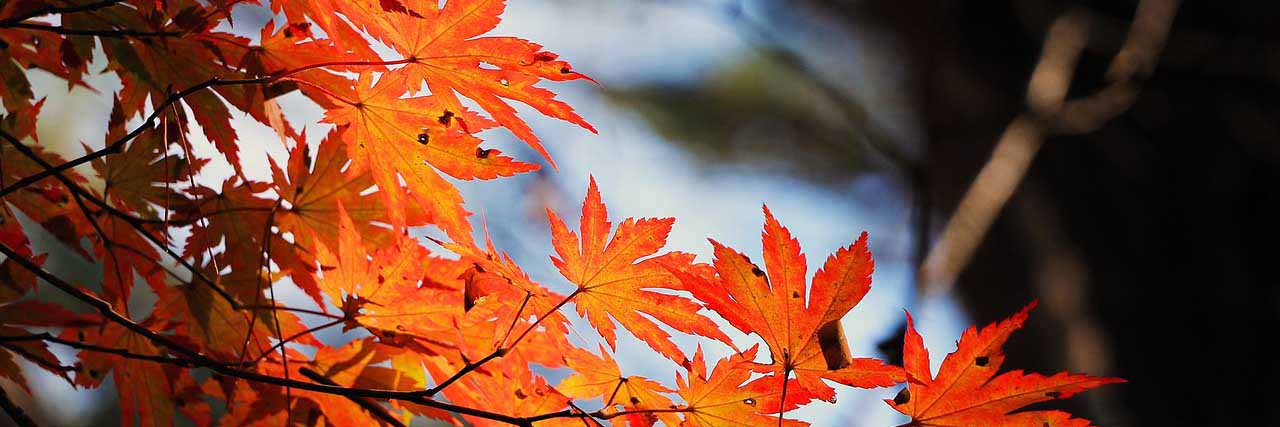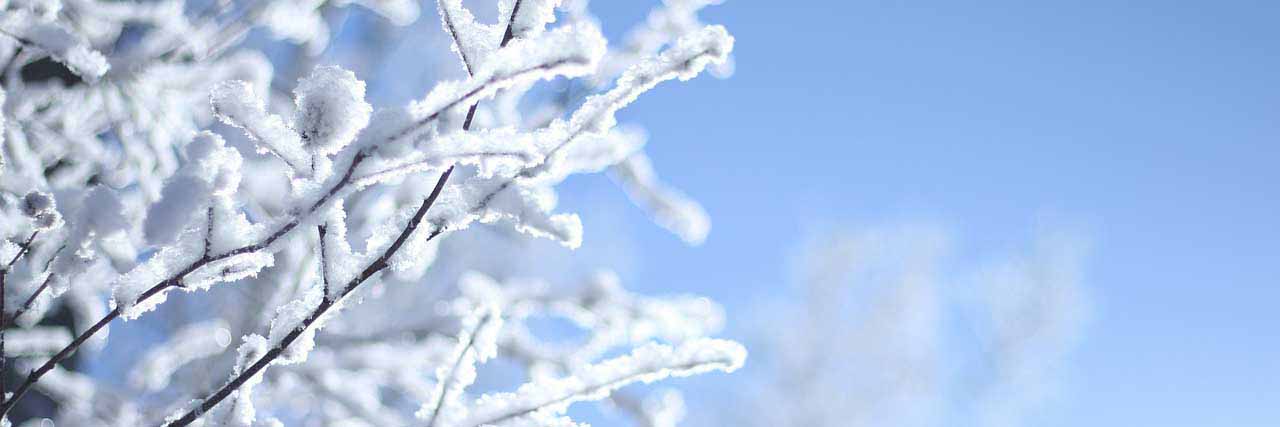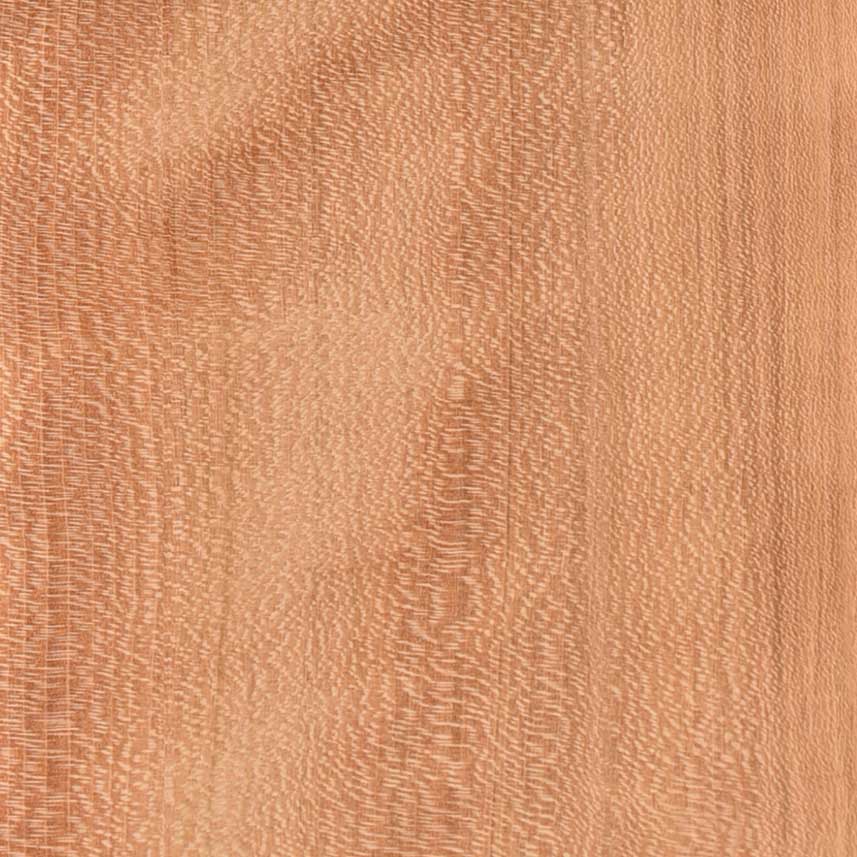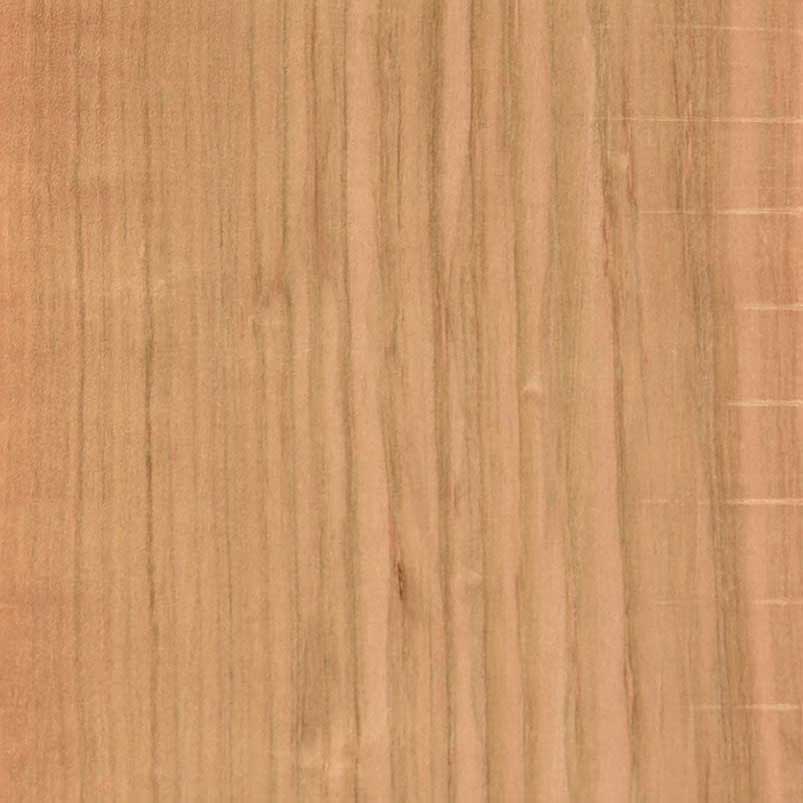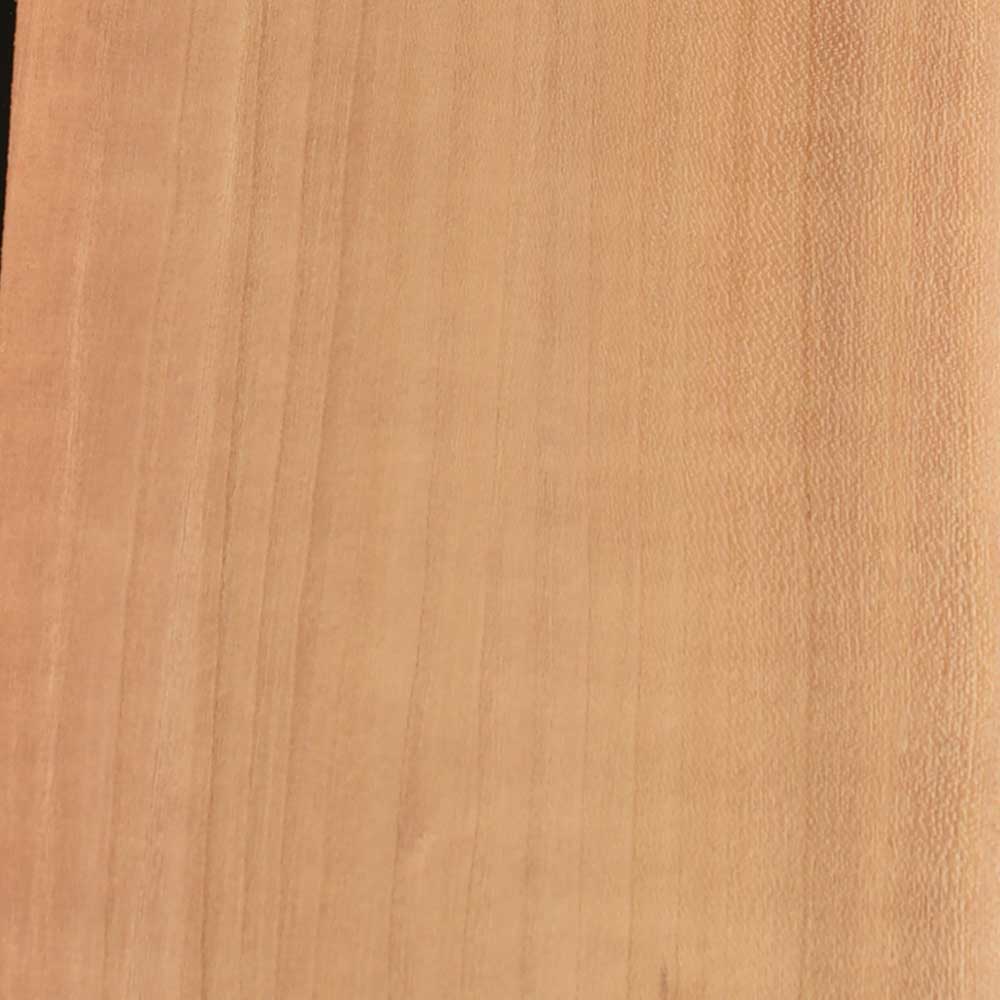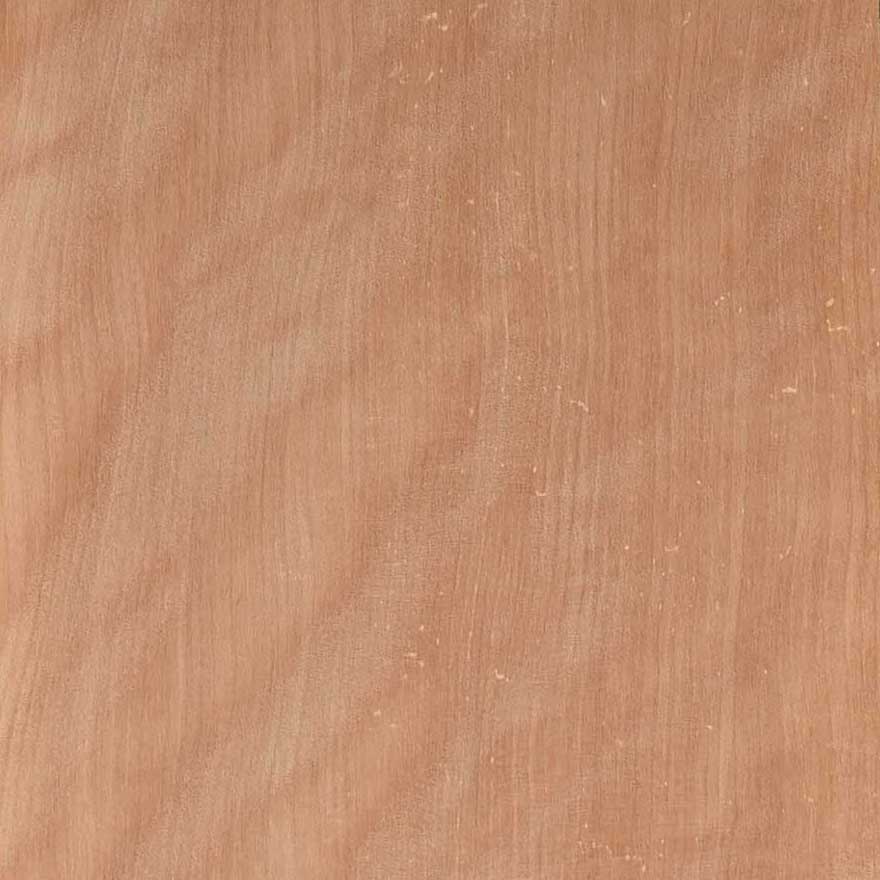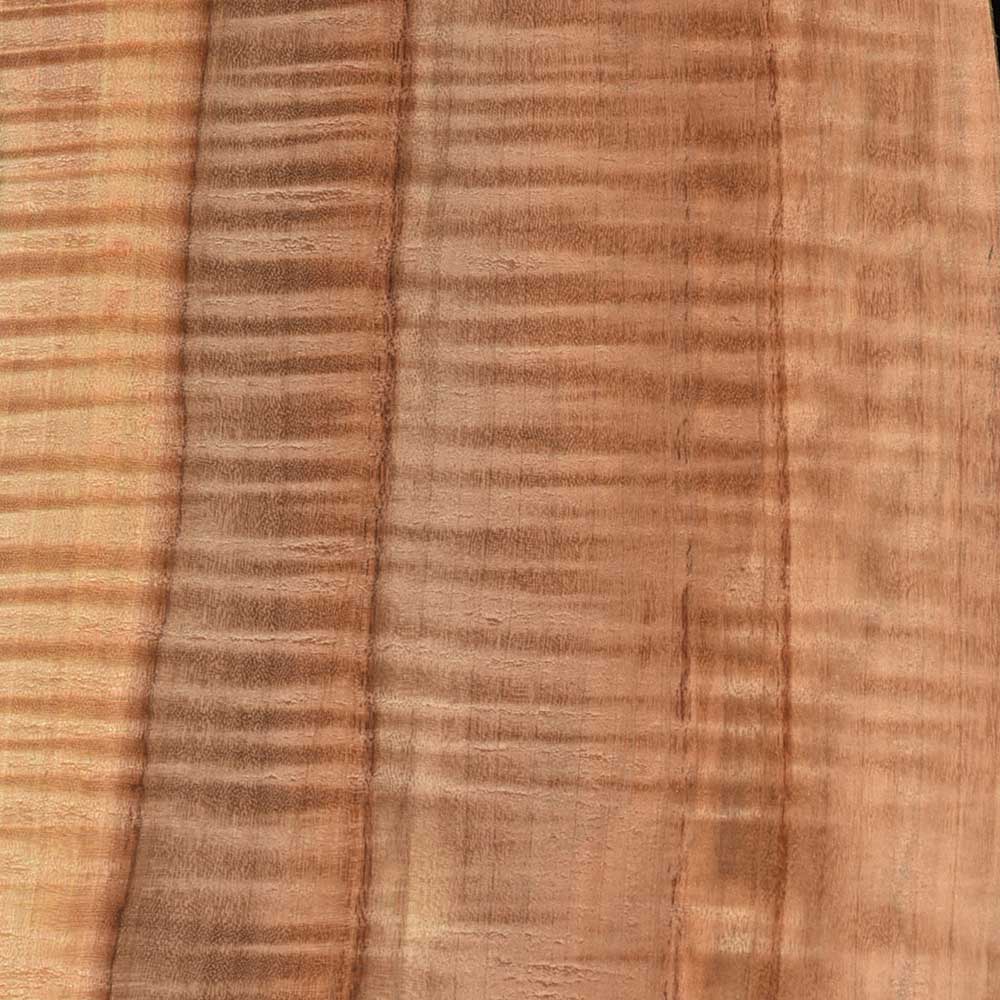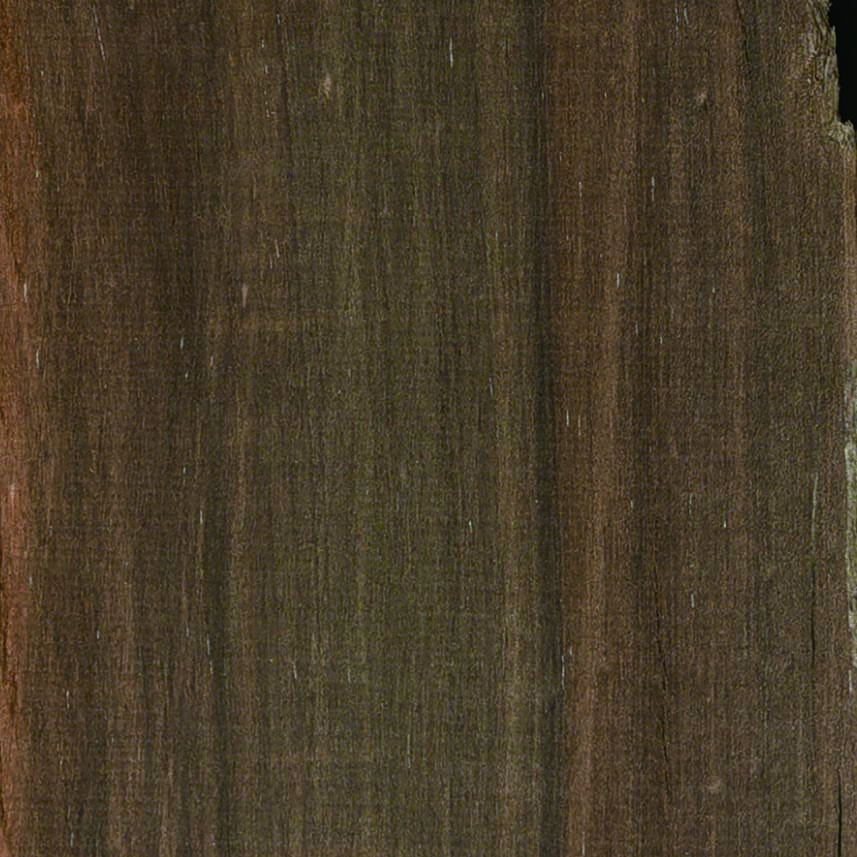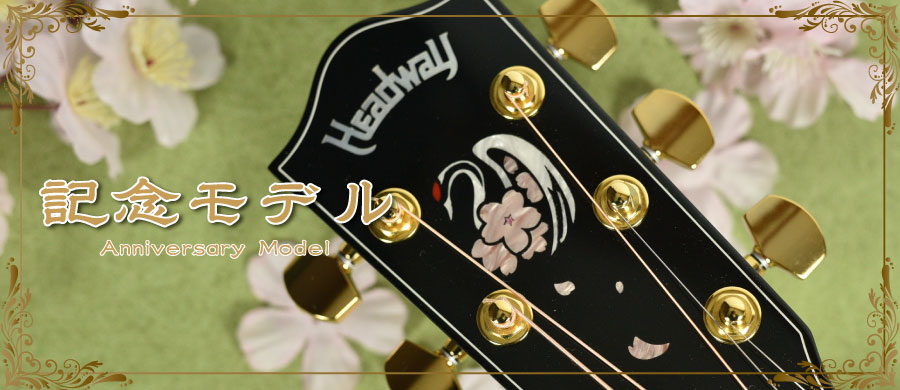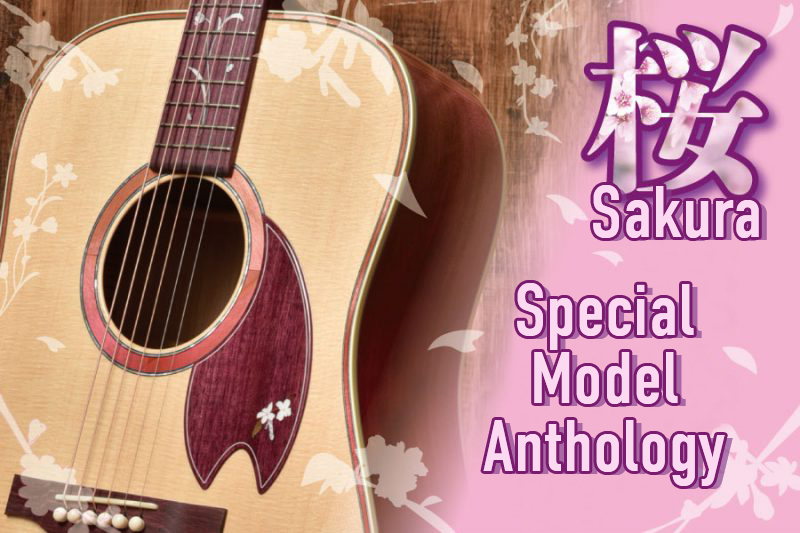Sakura Model 10th Anniversary Logo
Sakura Model 10th Anniversary Logo
This is the logo to commemorate the 10th anniversary of the cherry blossom model, drawn by Headway designers who also designed the inlays and paintwork for the Sakura models.
A woman standing in an elegant pose amidst the cherry blossoms has been used as an image icon for many of our models. We have created a commemorative logo with a special thought for the woman who has been the icon of our image. This logo will be engraved on the commemorative Sakura Model 10th Anniversary products to be released this year.
- SAKURA 10th Anniversary
- SAKURA 10th Anniversary
- SAKURA 10th Anniversary
- SAKURA 10th Anniversary
- SAKURA 10th Anniversary
- SAKURA 10th Anniversary
- SAKURA 10th Anniversary
- SAKURA 10th Anniversary
- SAKURA 10th Anniversary
- SAKURA 10th Anniversary
- SAKURA 10th Anniversary
- SAKURA 10th Anniversary
- SAKURA 10th Anniversary
- SAKURA 10th Anniversary
- SAKURA 10th Anniversary
- SAKURA 10th Anniversary
The Sakura Guitars continues moving forward
The Sakura Guitar Series, which was born in 2014, has continued to progress through the years. We have been working on various projects such as designs based on the concept of the four seasons and models that incorporate the regional colors of Sakura wood production.
In 2024, the year that marks the 10th anniversary of the company, we will introduce a new vision of sakura guitars by adding the motif of the crane, a bird that traditionally has been a symbol of prosperity in Japan.
The Sakura Guitar Series, which was born in 2014, has continued to progress through the years. We have been working on various projects such as designs based on the concept of the four seasons and models that incorporate the regional colors of Sakura wood production.
In 2024, the year that marks the 10th anniversary of the company, we will introduce a new vision of sakura guitars by adding the motif of the crane, a bird that traditionally has been a symbol of prosperity in Japan.
- SAKURA 10th Anniversary
- SAKURA 10th Anniversary
- SAKURA 10th Anniversary
- SAKURA 10th Anniversary
- SAKURA 10th Anniversary
- SAKURA 10th Anniversary
- SAKURA 10th Anniversary
- SAKURA 10th Anniversary
- SAKURA 10th Anniversary
- SAKURA 10th Anniversary
- SAKURA 10th Anniversary
- SAKURA 10th Anniversary
- SAKURA 10th Anniversary
- SAKURA 10th Anniversary
- SAKURA 10th Anniversary
- SAKURA 10th Anniversary

There is an important policy that Deviser adheres to when making Sakura guitars. That is to make guitars using Sakura wood.
(*Including materials that are distributed with the name “Sakura”.)
Photographs of Sakura wood before it is processed and made into guitars. Sakura trees are deeply familiar to Japanese people for the beauty of their flowers that bloom in spring, and as a wood, its warm, light reddish-brown color is also very attractive. Originally, Sakura wood was not a common material for guitars and stringed instruments, but in 2014, Deviser began full-scale production of instruments using it.
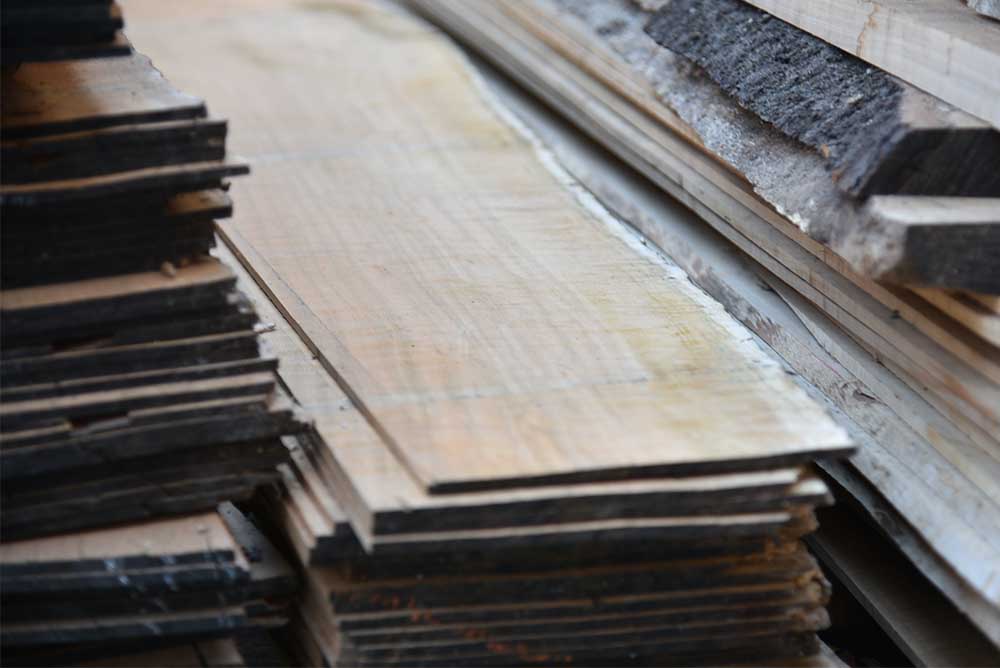
We use carefully selected Japanese Sakura wood from our wood reservoir for these models. There are many different types of Sakura wood, and the properties of each type differ from the others. Over the past 10 years, we have made many improvements and developed appropriate handling and processing methods for Sakura wood. Please take our 10th anniversary model in your hands and feel the experience and skills of our craftsmen.
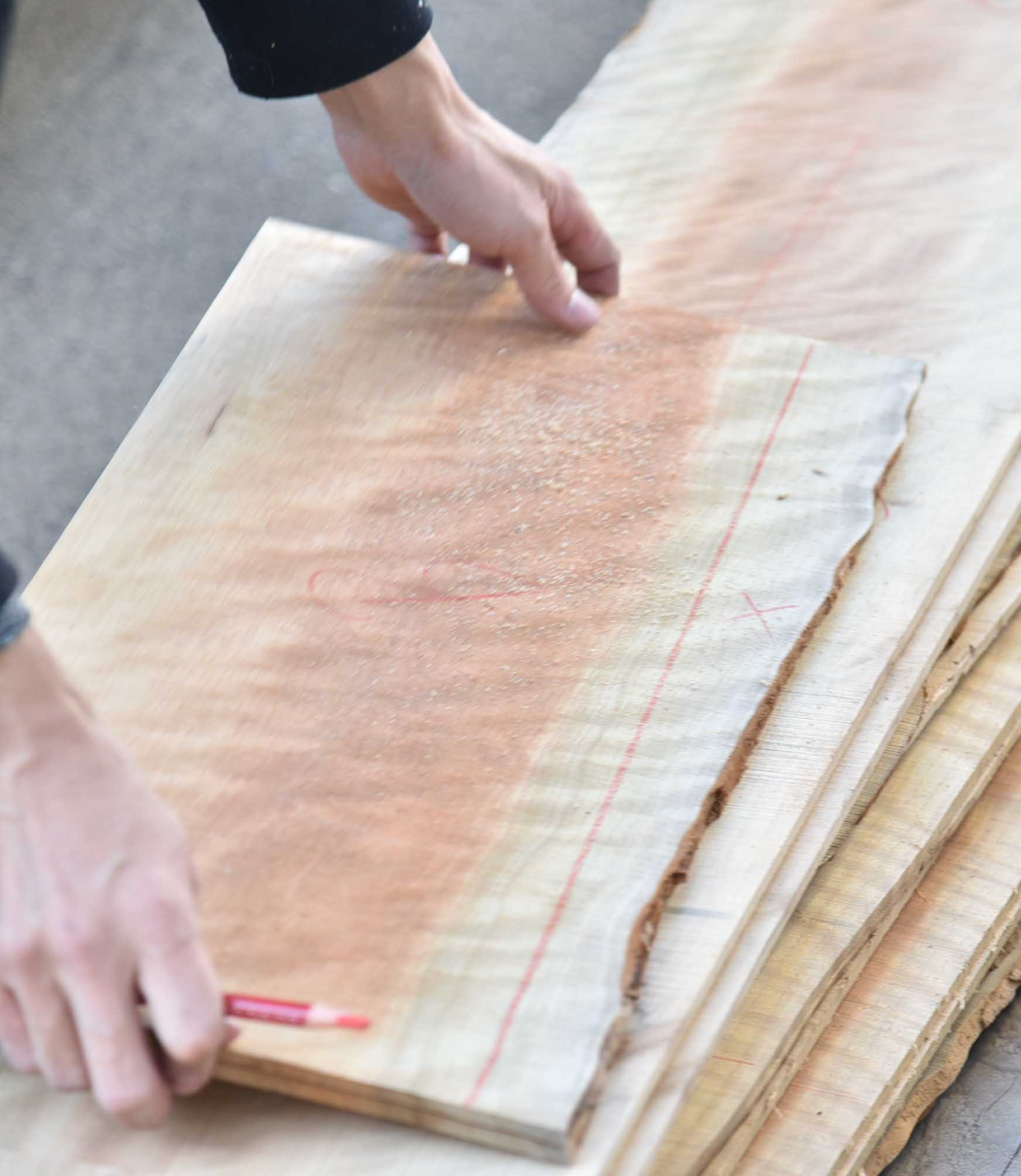
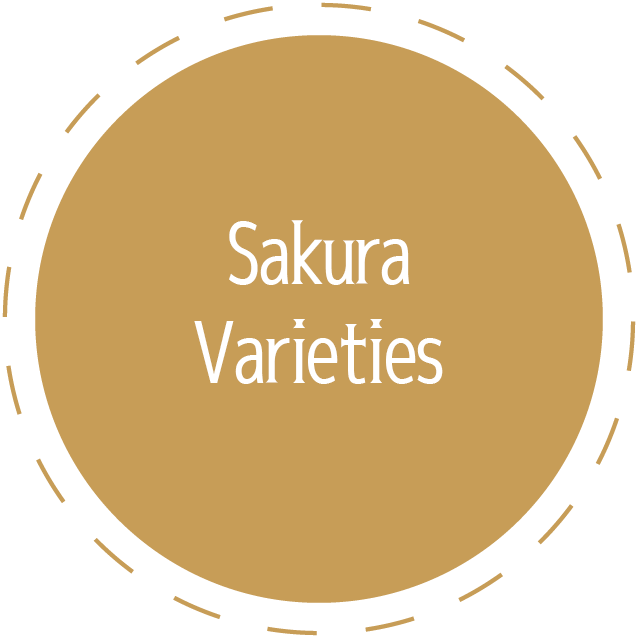
There are many types of Sakura trees, from the well-known ones such as Yamazakura (Mountain Cherry Tree) and Someiyoshino (The most renowned Sakura variety) to the very rare ones. Here are some of the various types of cherry wood that we at Deviser have used in the past.


